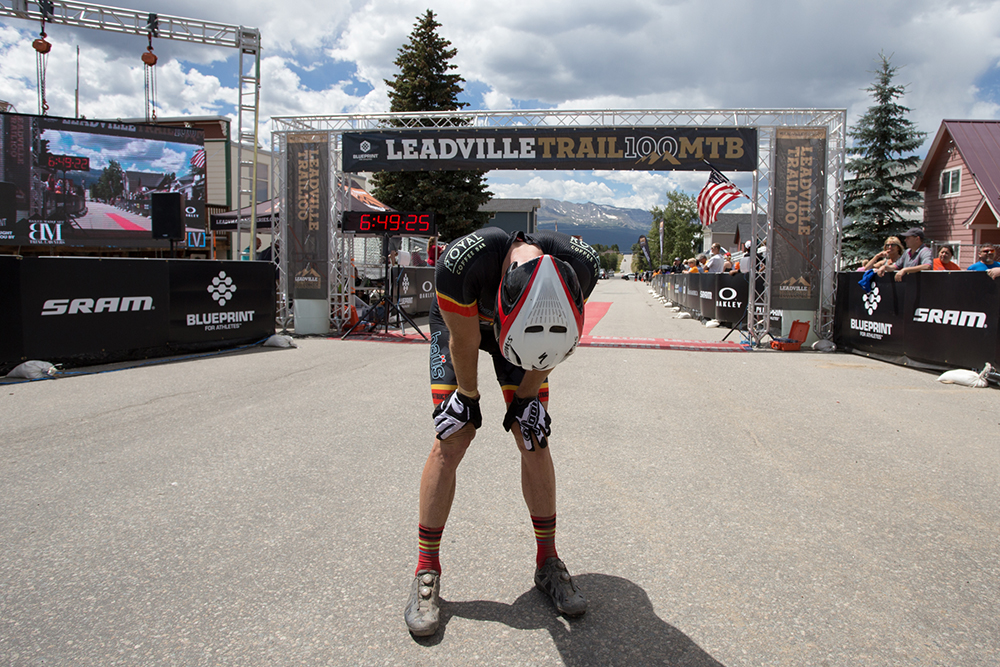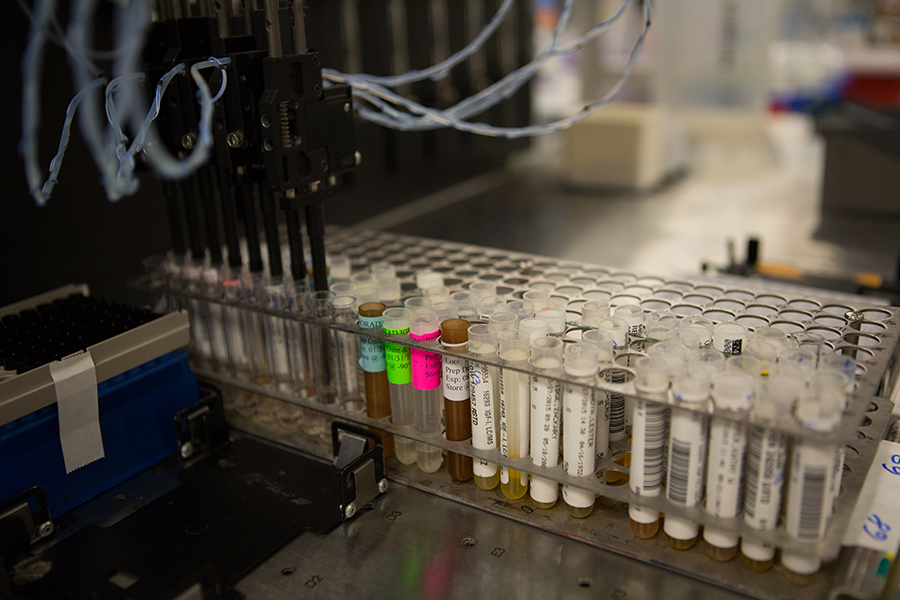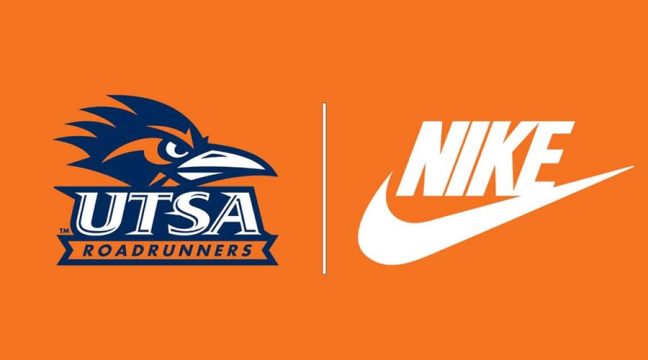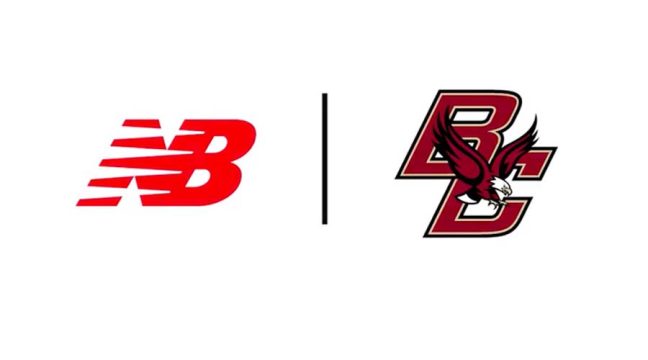How a Fortune 500 diagnostics giant is revolutionizing performance data… and turning the average Jane and Joe into a competitive force.
By Jahla Seppanen
Quest Diagnostics might not sound familiar, but we guarantee you’ve used them. In fact, they probably know you better than you know yourself.
Quest is the global leader in diagnostic information services. This Fortune 500 firm processes about 500k specimens (e.g., blood, urine, swabs) in its laboratories every night, which it returns to more than half of the U.S. physician population the next morning (genetics tests take a little longer). A majority of clinical decisions are based on these types of diagnostic tests.
Steve Rusckowski, president and CEO of Quest Diagnostics, joined the group in 2012 with the decision to open the shutters and show the world how important the company’s services are. How did they quantify the value of diagnostics? They partnered with the NFL’s New York Giants to give biomarker insights based on each individual player’s performance data.
Flash lesson: Biomarkers consist of heart rate, sleep analytics, nutrition & diet, sweat analysis, hydration and anaerobic capacity.
Managers for the Giants saw the value in Quest’s sports diagnostics and began using the same wellness tests on coaching and front-office staff. This trickled into dreams of what diagnostic accessibility could do for community members and other athletes that don’t necessarily have the resources of a pro, and that’s when Blueprint for Athletes was born.
Headed by Richard Schwabacher, executive director of sports and human performance at Quest Diagnostics, Blueprint for Athletes is a major player in the next evolution of data in sports.
The Man Behind The Measurements
For someone who spends every minute of every day thinking about sports and performance, Schwabacher characterized himself as “a late bloomer when it came to athletics.” He began playing football as a freshman in high school but didn’t grow into the sport until junior year. He found his true comfort zone in college, when sports brought out the competitor in him.
“I wouldn’t be who I am today if not for my engagement in sports,” Schwabacher told SGB.
He jumped into politics after graduating and found himself gravitating toward “similar-minded people,” who were either a former high school athlete, runner, cyclist, etc., and saw an underlying commonality held by both business and sports: a healthy competitive spirit.
Now Schwabacher is an avid cyclist, who just last week was riding with pro competitors in a pre-Leadville 100 MTB ride in Colorado (Blueprint is the title sponsor of all Leadville Series events).

Richard Schwabacher, Executive Director, Sports and Human Performance, Quest Diagnostics, Blueprint for Athletes
Who’s Using It?
Schwabacher has overseen the product development of Blueprint for Athletes since its inception. The goal has always been to give everyday athletes access to data that will transform their training.
After ordering a Blueprint package — right now it offers Performance, Fuel, Recovery, Endurance, Hormones and Food Allergy ($150-$400) — users agree on a collection date and give a specimen sample, which is analyzed for biomarkers particular to the package i.e., key nutritional deficiencies, when to push harder or rest longer, personal fluid and electrolyte needs or red blood cell capacity for optimal oxygen transport, among others. Testing is currently available in eight states, with more scheduled to come.
Typically, an athlete will take a Blueprint before training for an event, then again during or after to measure where they could train smarter for better results. “The longitudinal view is the most powerful application of the data, because sport is essentially the adaptation of our mind and body to the stress of competition,” said Schwabacher. “By trending that data you can make adjustments in what you’re eating, how you’re recovering and get your body as close to peak as possible.”
Blueprint backs its recommendations with a team of roughly 650 MDs and PhDs who are experts in every clinical area imaginable. The company also assembled a medical and scientific advisory board of globally renowned experts in different academic fields that deal with sports science and performance.
One advisor is the head of the biomechanics lab at Virginia Tech, where Blueprint was made available to the men’s football and women’s soccer team. Blueprint is also being used at Rutgers University for the women’s soccer and field hockey teams.
Blueprint found that coaches weren’t giving their players enough time to recover. The women’s soccer team wasn’t winning games. The Blueprint fix: shorten practice to be as long as games, make it more intense, but allow the body more time to recover. Another hindrance to success was letting players who played more than half the game not go to the weight room the next day — which allowed greater muscle denigration — instead of doing moderate exercises, which allows muscles to maintain themselves and protein synthesis to occur.
Whodathunk?
After making changes, the team started winning by bigger margins and made it into the final four. The Blueprint competitive advantage is getting out, and today the company’s biggest partners are Leadville and Ironman.

Athletes crossing the Leadville 100 MTB finish line have traveled a distance of 100 miles, starting at 10,152 feet and climbing to 12,424 feet above sea-level.
The New Data Revolution
The sport industry is at the verge of being in a data coma. “I’ve walked 10,000 steps and climbed 20 staircases. Great, but what does that mean?” Now the name of the game is personalized context.
“Instead of looking at tracking data and saying, ‘I logged 100 miles on my bike this week,’ you look at biomarker data and say ‘I’ve done 75 percent more miles than usual,’” Schwabacher said. “Then you look at muscle status and see inflammatory markets are off the charts, and it’s a look at how your body is adapting to training.”
Holistically, it’s a perspective switch where athletes look from the inside out, instead of the outside in. And not only is the sports industry moving toward personalization; it’s doing so through a lifestyle lens where training is a part of your lifestyle and downtime is a part of your training.
It’s data based on the end-use of making good decisions, not just stating mile and step proclamations.
Photos courtesy Blueprint For Athletes











